Are you fascinated by the magnificent woolly bears of North America’s arctic and subarctic regions and wondering what do woolly bears eat to maintain their impressive size and survive in harsh environments? These distinctive bears, with their characteristic thick, shaggy coats, have specific dietary patterns that change throughout the seasons. If you’re interested in pets diets, you might also enjoy our articles on:
In this comprehensive guide by What Do They, you’ll discover what do woolly bears eat, how their feeding habits change throughout the year, and important nutritional considerations for these remarkable creatures.
The Omnivorous Diet of Woolly Bears
Woolly bears, known for their long, shaggy fur adapted to extreme northern climates, are quintessential omnivores with a diverse diet. In their natural habitats, what do woolly bears eat consists primarily of:
Plant-Based Food Sources
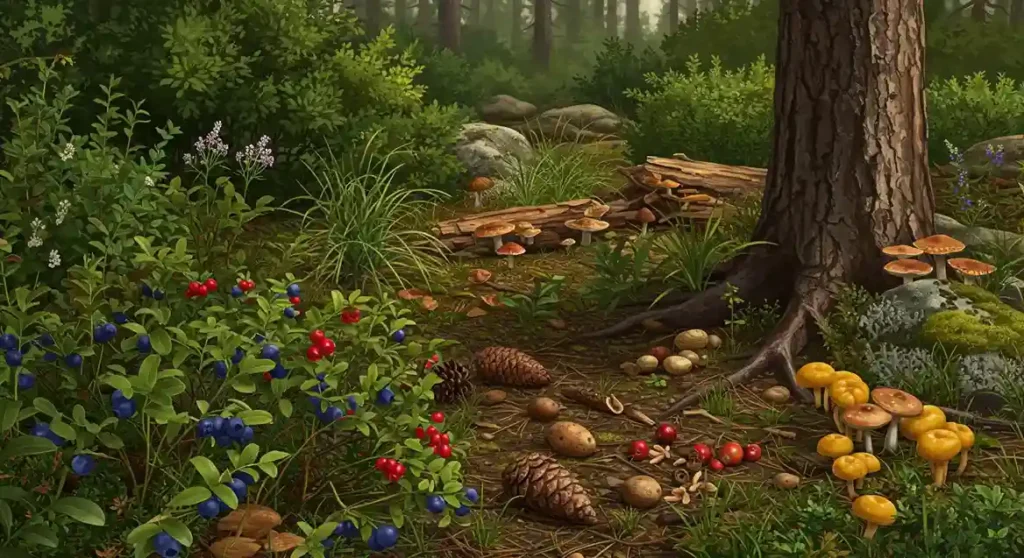
- Berries (blueberries, cranberries, cloudberries)
- Roots and tubers
- Grasses and sedges
- Pine nuts and other tree seeds
- Mushrooms and fungi
- Flowering plants
- Herbs and vegetation
- Tree bark during scarce seasons
- Mosses and lichens when other foods are unavailable
Animal Protein Sources
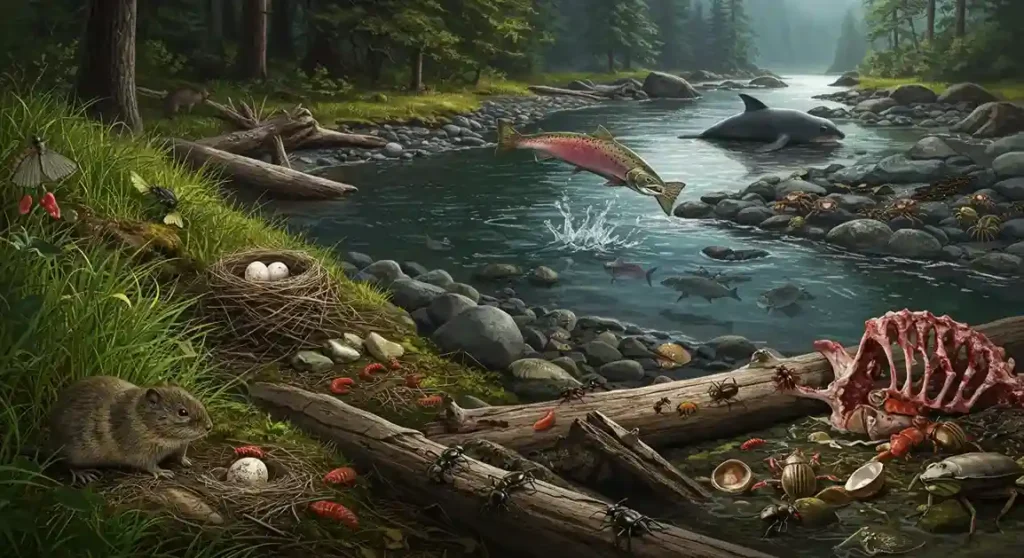
- Small mammals (voles, lemmings, ground squirrels)
- Fish (particularly salmon during spawning runs)
- Bird eggs and nestlings
- Insects and larvae
- Carrion (especially after harsh winters)
- Occasional larger prey when opportunity presents
- Marine mammals (in coastal regions)
- Shellfish and other intertidal creatures
What’s particularly interesting about woolly bears is their dietary flexibility—they adapt their food intake based on availability, season, and habitat. This adaptability is the answer to “what do woolly bears eat” and has been crucial to their survival in the challenging northern ecosystems where food resources can be unpredictable.
Seasonal Dietary Shifts
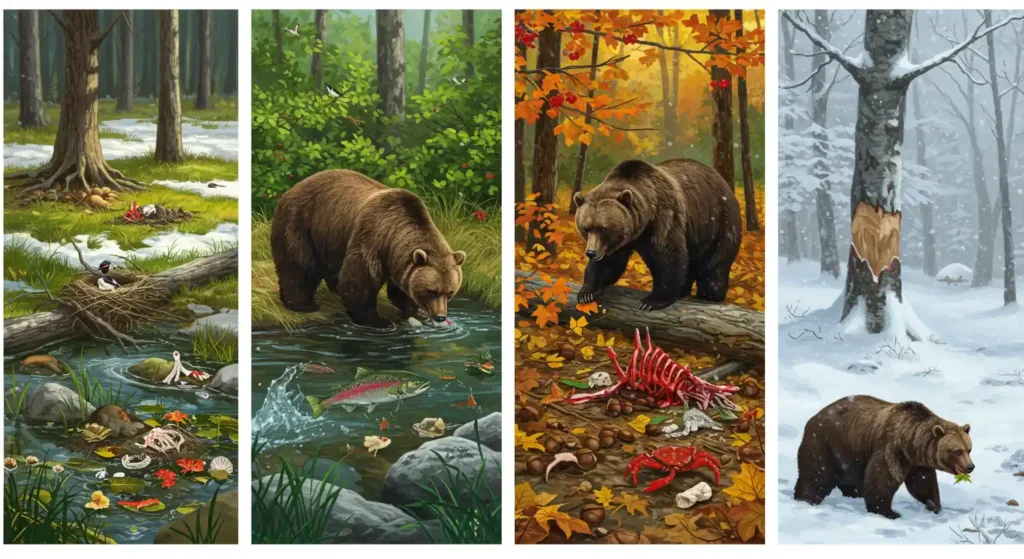
If you want to know what do woolly bears eat, you must learn how their diet changes dramatically with the seasons:
Spring Feeding Patterns
- Emerging from winter dormancy with focus on protein sources
- Consuming early vegetation like fresh grasses and sedges
- Hunting small mammals that survived the winter
- Digging for roots and tubers with powerful claws
- Exploiting thawing carcasses of winter-killed animals
- Raiding early bird nests for eggs
Summer Abundance
- Peak feeding period with maximum food variety
- Heavy consumption of berries and fruits
- Active fishing in streams and rivers
- Insect consumption (particularly ants and grubs)
- Building fat reserves for upcoming winter
- Increased plant matter in diet
- Exploitation of coastal resources when available
Fall Hyperphagia
- Intense feeding period (hyperphagia) before winter
- Dramatic increase in daily caloric intake
- Focus on high-fat and high-carbohydrate foods
- Maximum weight gain period
- Exploitation of late-season berries and nuts
- Opportunistic hunting of pre-hibernation mammals
Winter Adaptations
- Reduced activity but not true hibernation
- Opportunistic feeding during warmer periods
- Reliance on fat reserves during food scarcity
- Consumption of inner tree bark when necessary
- Limited hunting of winter-active prey
- Scavenging when opportunities arise
This seasonal flexibility in what do woolly bears eat helps them survive in regions where food availability fluctuates dramatically throughout the year.
Foraging Techniques and Feeding Behaviors
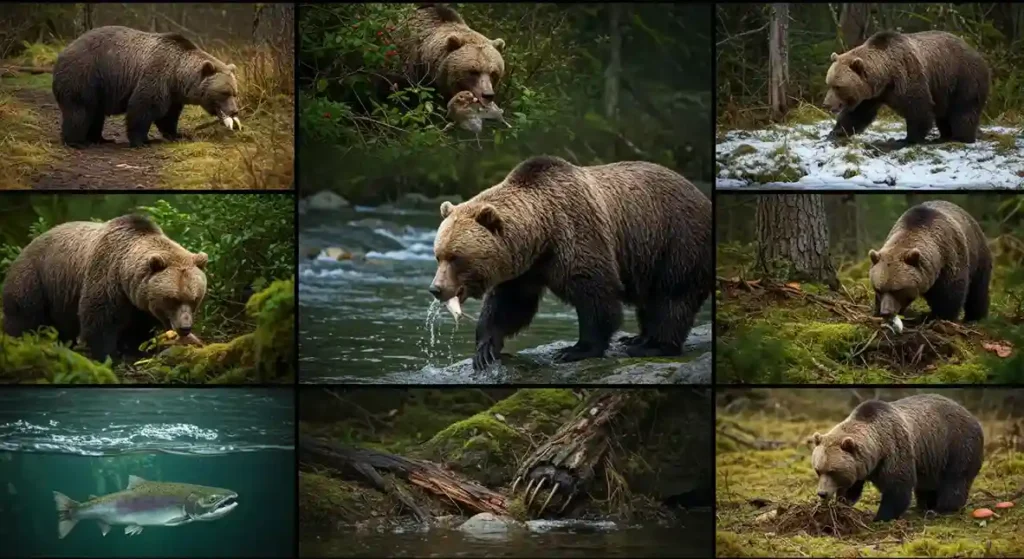
Woolly bears display several specialized behaviors related to their feeding:
Hunting Strategies
- Ambush predation for larger prey
- Patient fishing techniques at salmon runs
- Quick pouncing for small mammals
- Digging and excavating for burrowing animals
- Strategic positioning near animal trails
- Swimming skills for aquatic prey acquisition
Gathering Techniques
- Efficient berry-stripping methods using lips and teeth
- Precise claw use for extracting roots and tubers
- Rock-turning to find insects and small creatures
- Bark stripping during food scarcity
- Selective vegetation grazing
- Mushroom and fungi identification
Specialized Adaptations
- Enhanced sense of smell to locate food under snow
- Powerful claws adapted for digging and tearing
- Strong jaws for crushing bones and tough plant matter
- Efficient digestive system for processing varied foods
- Memory for productive feeding locations
- Seasonal movement patterns to track food availability
Nutritional Requirements and Energy Needs
What do woolly bears eat is directly related to their substantial nutritional requirements:
Caloric Demands
- Daily intake: 8,000-20,000 calories depending on season
- Hyperphagia period: Up to 20,000+ calories daily
- Winter-reduced needs: Significant metabolism slowdown
- Mating season increases: Higher energy demands during breeding
Critical Nutrients
- Protein: Essential for muscle maintenance and reproduction
- Fats: Crucial for winter survival and insulation
- Carbohydrates: Immediate energy needs and fat conversion
- Vitamins: Obtained primarily through diverse plant consumption
- Minerals: Particularly calcium and phosphorus for bone strength
Feeding Efficiency
- Selective feeding based on nutritional content
- Energy expenditure calculations for hunting efforts
- Prioritization of high-calorie foods before winter
- Digestive adaptations for maximum nutrient extraction
- Metabolic adjustments based on seasonal availability
So the Answer to What do Woolly Bears eat is…
After thorough research, we can conclude that Woolly Bears can survive on both plants and animals. Their omnivorous diet, seasonal adaptations, and foraging flexibility demonstrate the complex relationship between these bears and their challenging environments. From tiny berries to salmon to small mammals, woolly bears have evolved to exploit virtually every available food source in their habitats.
By appreciating the diverse feeding strategies and dietary requirements of woolly bears, we gain a deeper understanding of their ecological importance and conservation needs. Their feeding behaviors represent thousands of years of evolutionary adaptations to some of the planet’s most challenging environments, highlighting the remarkable resilience and adaptability of these magnificent northern bears.

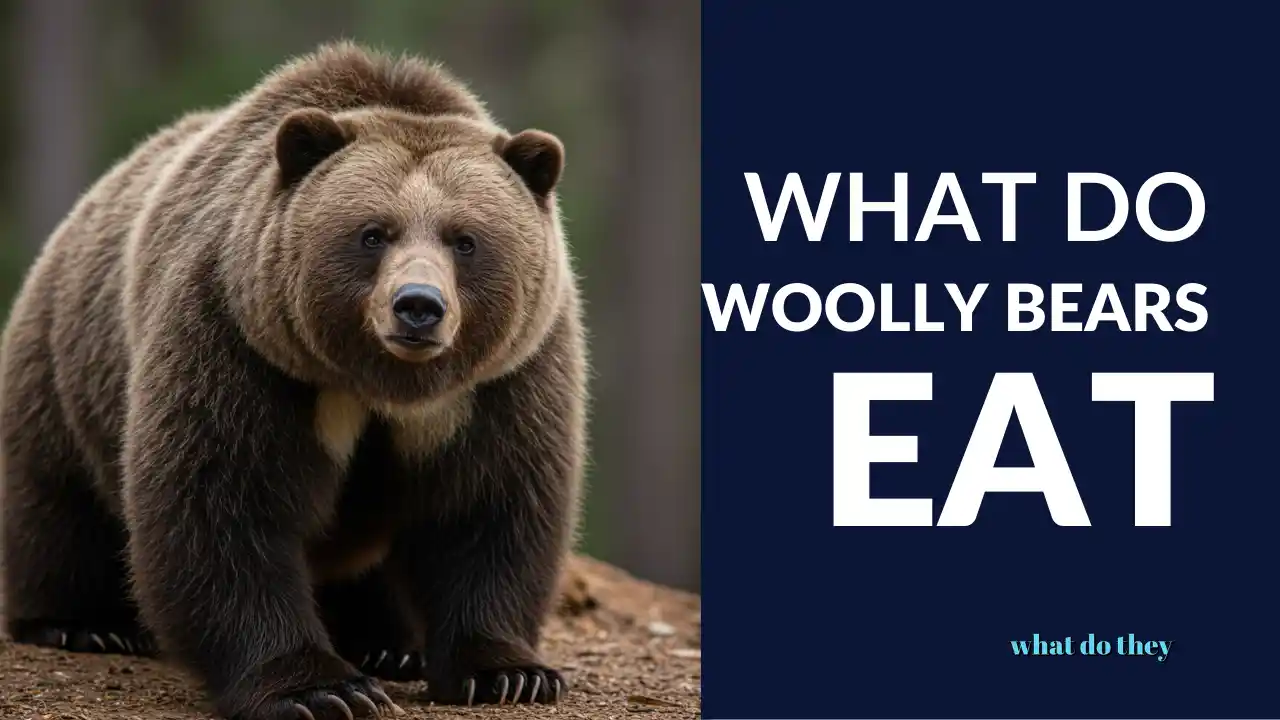




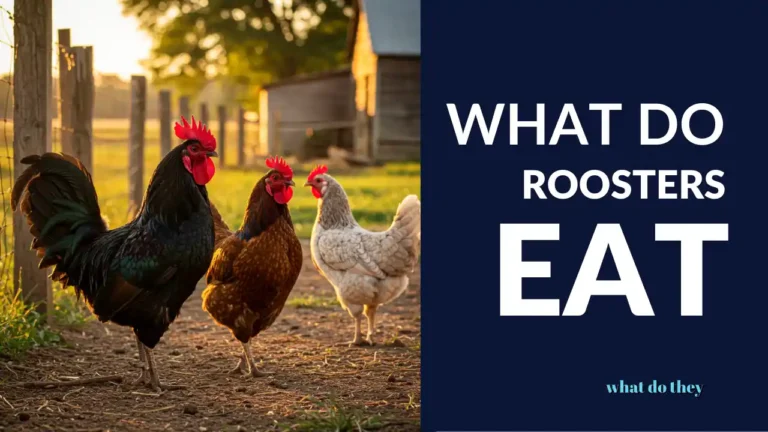

Leave a Comment